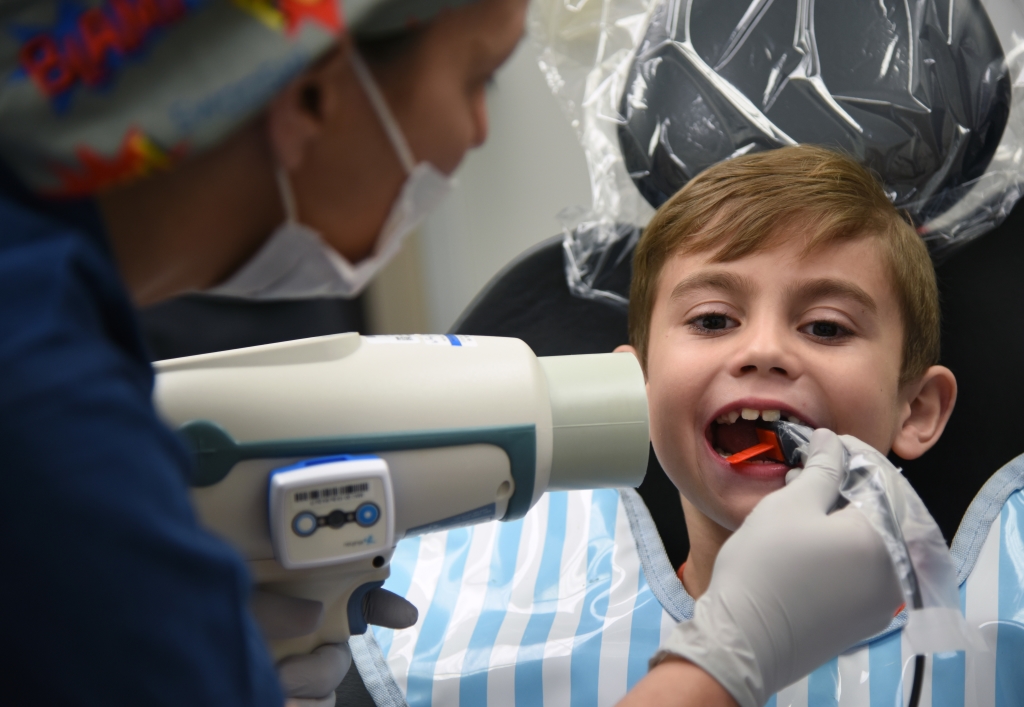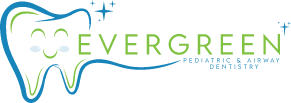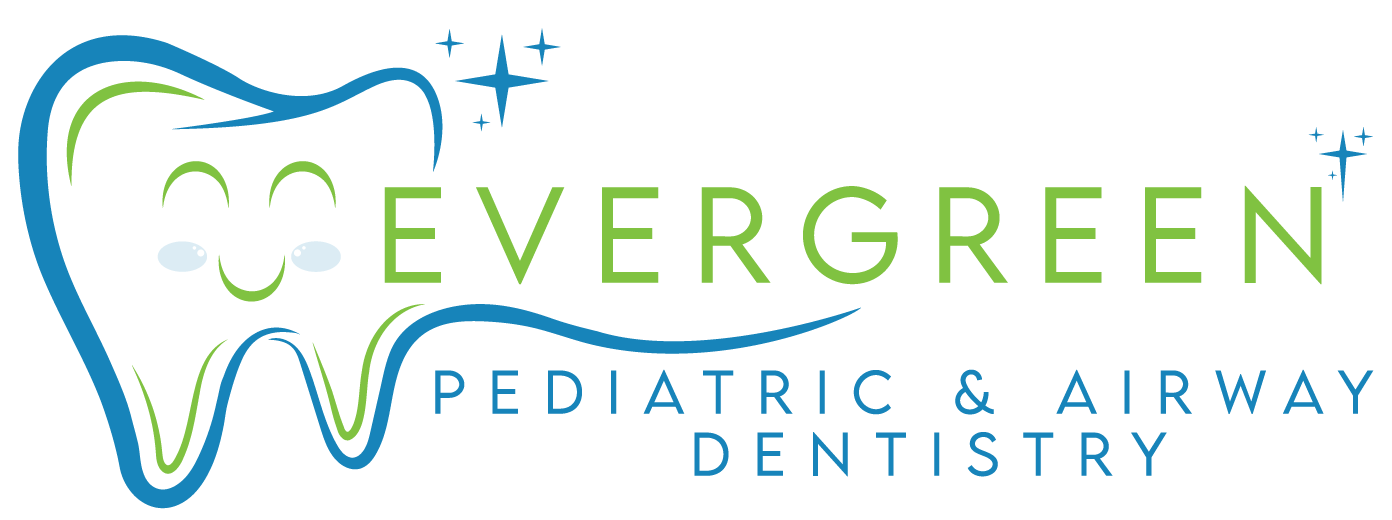Ensuring Comfortable Dental Visits with Sleep Dentistry
The mere thought of visiting the dentist can trigger anxiety for many, leading to a cycle of avoidance that harms dental health over time. However, a revolutionary approach known as sleep dentistry is changing the narrative, transforming dental visits into a worry-free experience. Sleep dentistry, or sedation dentistry, uses medication to help patients relax during dental procedures, making discomfort and fear things of the past. Whether you’re undergoing a routine cleaning or more complex dental work, sleep dentistry ensures that your visit is as comfortable and stress-free as possible.
What is Sleep Dentistry?
Sleep dentistry, also known as sedation dentistry, is a dental practice designed to alleviate pain and anxiety in patients during dental procedures. It involves the use of various forms of sedation, ranging from mild, where patients remain awake but relaxed, to deep sedation or even general anesthesia, where patients are completely unconscious. The choice of sedation depends on the patient’s level of anxiety and the complexity of the dental work. This approach not only benefits patients by providing a fear-free dental experience but also enables dentists to perform their work more efficiently and effectively.
The Importance of Patient Comfort in Dental Care
Ensuring patient comfort during dental procedures is not merely about enhancing the experience; it’s crucial for encouraging regular dental visits and maintaining oral health. Fear and anxiety can deter individuals from scheduling timely appointments, leading to the progression of dental issues that could have been managed or prevented. By prioritizing comfort, sleep dentistry not only addresses the immediate concerns of pain and fear but also plays a significant role in breaking the cycle of dental avoidance. This approach cultivates a more positive perception of dental care, encouraging patients to take proactive steps towards their oral health without the burden of anxiety.

Sleep Dentistry
Who Can Benefit from Sleep Dentistry?
Sleep dentistry is an ideal option for a wide range of individuals, particularly those who experience dental anxiety or phobia. It is also beneficial for patients with a low pain threshold, those who require extensive dental work, and patients with a gag reflex that makes dental treatments challenging. Additionally, individuals with physical conditions that make it difficult to sit still for long periods, such as Parkinson’s disease or cerebral palsy, can find dental visits much more manageable under sedation. Ultimately, sleep dentistry is about making dental health accessible to everyone, ensuring that fear, pain, or any physical limitations do not stand in the way of achieving and maintaining optimal oral health.
Types of Sedation Used in Sleep Dentistry
- Nitrous Oxide: Commonly known as “laughing gas,” nitrous oxide is a mild form of sedation that produces feelings of relaxation and euphoria. It is delivered through a mask placed over the nose, and its effects wear off quickly, allowing patients to drive themselves home after their appointment.
- Oral Sedation: This form of sedation involves taking a prescribed pill before the dental procedure. It induces a deeper level of relaxation, and patients often have little to no memory of the procedure afterward.
- IV Sedation: Intravenous (IV) sedation is delivered through an IV line inserted into the patient’s vein. It allows for precise control of the level of sedation, and patients may remain awake but feel little to no discomfort during the procedure.
- General Anesthesia: Reserved for more complex or lengthy procedures, general anesthesia involves rendering a patient completely unconscious. It is administered by an anesthesiologist who monitors the patient’s vital signs throughout the procedure.
Preparing for a Sleep Dentistry Appointment
Preparing for a sleep dentistry appointment involves a few key steps to ensure the procedure goes smoothly and safely. Firstly, patients should have an initial consultation with their dentist to discuss the sedation options best suited to their needs and the specifics of the dental procedure. During this consultation, it’s important to disclose any medical history, current medications, and allergies to avoid any potential side effects or complications. Fasting may be required, especially if IV sedation or general anesthesia is planned, typically withholding food and drink at least 6 to 8 hours before the appointment. Arranging transportation is crucial as well, as patients will not be in a condition to drive immediately following a procedure involving sedation. Lastly, wearing comfortable clothing to the appointment can help patients feel at ease and allow easy access for the medical team to administer IVs if necessary. By following these preparatory steps, patients can significantly enhance their experience and safety during sleep dentistry procedures.
Understanding Dental Anxiety
Dental anxiety is a prevalent concern, affecting a significant portion of the population worldwide. It is characterized by a profound sense of unease, fear, or stress associated with dental settings, procedures, or even the thought of visiting the dentist. This anxiety can stem from various factors such as previous traumatic dental experiences, fear of pain or injections, and the sounds and smells of a dental office, which can trigger negative emotions. Dental anxiety not only hampers an individual’s willingness to seek routine dental care but can also lead to severe dental health issues over time due to neglect. Recognizing and addressing these concerns is crucial in ensuring that patients receive the dental care they need in a manner that feels safe and comfortable for them.
Benefits of Sleep Dentistry
Sleep dentistry offers a multitude of benefits for both patients and dentists, significantly improving the dental care experience. For patients who experience dental anxiety, sleep dentistry can be a game changer, enabling them to receive necessary dental treatments without the stress and fear traditionally associated with dental visits. One of the primary benefits of sleep dentistry is the reduction of fear and anxiety, allowing patients to remain calm and relaxed throughout their dental procedures. This not only enhances the patient experience but also increases the likelihood of individuals seeking routine dental care, thus improving overall dental health. Additionally, sleep dentistry can provide a more efficient dental care process, as dentists are able to work more quickly and effectively when a patient is sedated, potentially reducing the time and number of visits required for complex procedures. This approach to dental care is particularly beneficial for those with severe dental phobia, young children, or individuals with special needs who may find it difficult to stay still during dental treatments. By offering a comfortable and stress-free dental experience, sleep dentistry plays a crucial role in promoting better dental hygiene and preventing the long-term consequences of dental neglect.

Sleep Dentistry
Types of Dental Procedures Suitable for Sleep Dentistry
Sleep dentistry is adaptable across a wide range of dental procedures, making it an invaluable option for patients seeking a stress-free dental experience. Some common procedures where sedation dentistry proves beneficial include, but are not limited to:
- Routine Cleanings and Exams: While seemingly straightforward, even routine dental care can provoke anxiety. Sleep dentistry can make these basic visits far more comfortable for anxiety-prone patients.
- Tooth Extractions: From wisdom teeth removal to the extraction of decayed teeth, these procedures can be pain-free and less daunting with the help of sedation.
- Dental Implants: The process of implanting a post into the jawbone and attaching a new tooth can be lengthy and complex, making sleep dentistry an excellent choice for patient comfort.
- Root Canal Treatments: Known for being particularly uncomfortable, root canal treatments become significantly less intimidating with the use of sedation, helping the patient to stay relaxed.
- Periodontal Surgery: Procedures addressing gum disease, such as deep cleanings or gum grafts, often necessitate sedation for both patient comfort and optimal outcomes.
- Cosmetic Dental Procedures: Even elective procedures, such as veneers or extensive whitening treatments, can benefit from sleep dentistry to ensure a pleasant and anxiety-free experience.
Safety and Effectiveness of Sleep Dentistry
Sleep dentistry is widely recognized for its high safety profile and effectiveness in enabling a comfortable dental experience. When performed by trained and certified dental professionals, the use of sedation and anesthesia in dentistry has been proven to be extremely safe. The sedatives used range from mild, inducing a relaxed state, to general anesthesia, where the patient is fully unconscious. Prior to administering any form of sedation, dental professionals thoroughly review a patient’s medical history and monitor vital signs throughout the procedure to mitigate risks. Additionally, advancements in dental sedation techniques and medications have further improved safety, minimizing side effects and ensuring a swift recovery post-procedure.
The effectiveness of sleep dentistry lies in its ability to significantly reduce fear, anxiety, and discomfort during dental treatments, thus encouraging more people to seek regular dental care. By providing a fear-free and painless experience, sleep dentistry not only promotes better oral health among the general population but also ensures that complex and necessary dental procedures can be completed more efficiently and successfully. This approach has a particularly meaningful impact on individuals who previously avoided the dentist due to anxiety, including children and those with special needs, making dental care accessible to a broader range of patients.
What to Expect During a Sleep Dentistry Visit
When preparing for a sleep dentistry visit, patients can anticipate a process centered around comfort and ease, starting with a detailed consultation. During this initial appointment, the dentist will evaluate the patient’s dental history, discuss concerns, and decide on the most appropriate sedation level. Prior to the procedure, instructions on how to prepare, including dietary restrictions or pre-medication guidelines, will be provided. On the day of the procedure, patients will be carefully monitored as the sedation is administered, ensuring a state of deep relaxation or sleep. Throughout the treatment, the dental team continuously monitors vital signs to maintain safety. After the procedure, patients will be given time to recover from the effects of sedation in a comfortable setting, with clear post-care instructions to ensure a smooth recovery at home. This thorough approach ensures that patients feel supported and at ease from start to finish.
Choosing the Right Sleep Dentistry Provider
When it comes to selecting a sleep dentistry provider, several critical factors must be considered to ensure you receive the best possible care. Firstly, look for a dental practice with extensive experience in sedation dentistry, as well as a dentist who is licensed and certified in administering sedation. It’s crucial to verify the provider’s credentials and training to ensure they adhere to the highest standards of safety and professionalism. Additionally, consider the types of sedation options they offer to guarantee they can accommodate your specific needs and comfort levels. Patient reviews and testimonials can also provide insight into others’ experiences, helping you gauge the quality of care and communication you can expect. Lastly, ensure the dental office has a calm, welcoming environment and a supportive team that prioritizes patient comfort and safety throughout the entire process. By carefully evaluating these factors, you can confidently choose a sleep dentistry provider who will make your dental experience as stress-free and comfortable as possible.
The Role of Dental Professionals in Sleep Dentistry
The role of dental professionals in sleep dentistry is multifaceted, requiring a blend of technical skill, patient communication, and meticulous care coordination. Dentists and dental anesthetists play a crucial part in this specialized field, starting with the thorough assessment of a patient’s medical and dental histories to determine the most appropriate sedation method. They must also be adept at explaining the procedures and sedation processes to patients, addressing concerns to alleviate anxiety. During the dental procedure, the dentist, often with the assistance of a dental anesthetist or sedation nurse, administers the sedation, closely monitoring the patient’s vital signs and comfort level to ensure safety throughout.

Sleep Dentistry
Equally important is the role of dental hygienists and assistants who support the process by preparing the patient, assisting during the procedure, and providing care and instructions post-sedation. Their support is critical in creating a seamless, comfortable experience for the patient.
Furthermore, ongoing education in the latest sedation techniques and patient safety protocols is essential for all dental professionals involved in sleep dentistry. This commitment to continuous learning ensures that they can offer the most effective, comfortable, and safe dental care to their patients.
Recovering from Sleep Dentistry
Recovery from sleep dentistry is generally swift, with most patients able to resume normal activities within a day. However, the immediate hours following the procedure require special care to ensure safety and comfort. Patients often wake feeling groggy or disoriented, so it’s crucial to arrange transportation home as driving is not advisable. Rest is recommended for the remainder of the day, and patients are often encouraged to drink water or clear liquids to stay hydrated. Depending on the procedure and level of sedation, dietary restrictions may be advised, such as consuming only soft foods for the first few hours or days. Pain management, typically with prescribed or over-the-counter medication, may be necessary depending on the dental work performed. It’s essential for patients to follow all post-care instructions provided by their dental team, including guidelines on oral hygiene practices and any follow-up appointments. By adhering to these recommendations, patients can ensure a smooth and comfortable recovery from sleep dentistry.
Conclusion
Sleep dentistry represents a significant advancement in dental care, offering a compassionate solution for those who experience anxiety or fear surrounding dental procedures. By prioritizing patient comfort and utilizing sedation techniques, it not only demystifies dental visits but also ensures that each patient can receive essential care in a stress-free environment. As the field continues to evolve, the emphasis on safety, patient education, and professional training remains paramount, ensuring that sleep dentistry remains a reliable and accessible option for all. Whether it’s maintaining regular dental health check-ups or undergoing complex dental procedures, sleep dentistry provides a pathway for individuals to achieve optimal dental health without the apprehension traditionally associated with dental visits. Through the understanding and consideration of both patients and dental professionals, sleep dentistry is revolutionizing the way we perceive and experience dental care.
Evergreen Pediatric Dentistry
https://www.google.com/maps?cid=14720788683151219551
12910 Totem Lake Blvd NE #103, Kirkland, WA 98034, United States
(425) 814-3196
https://evergreenkidsdentist.com/


